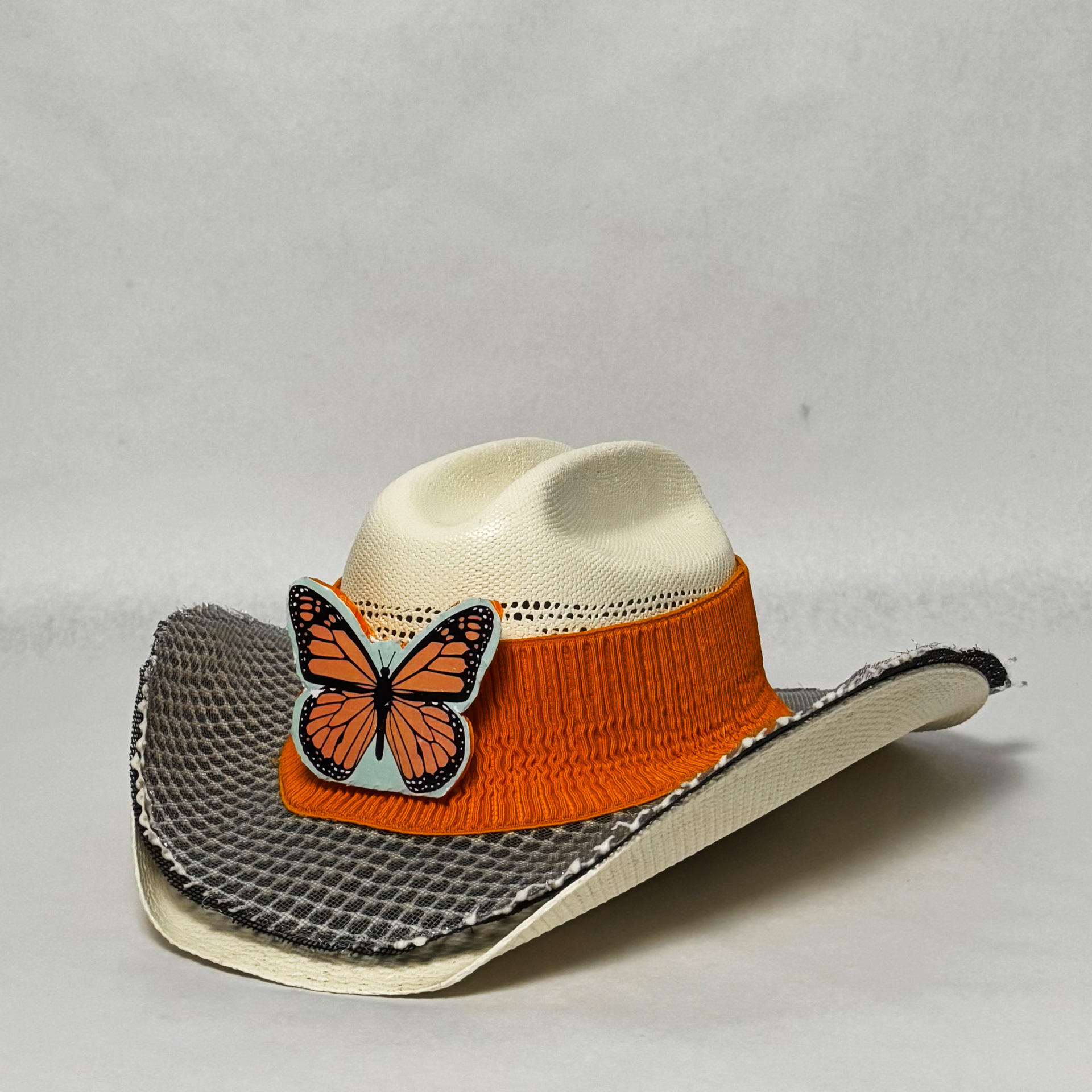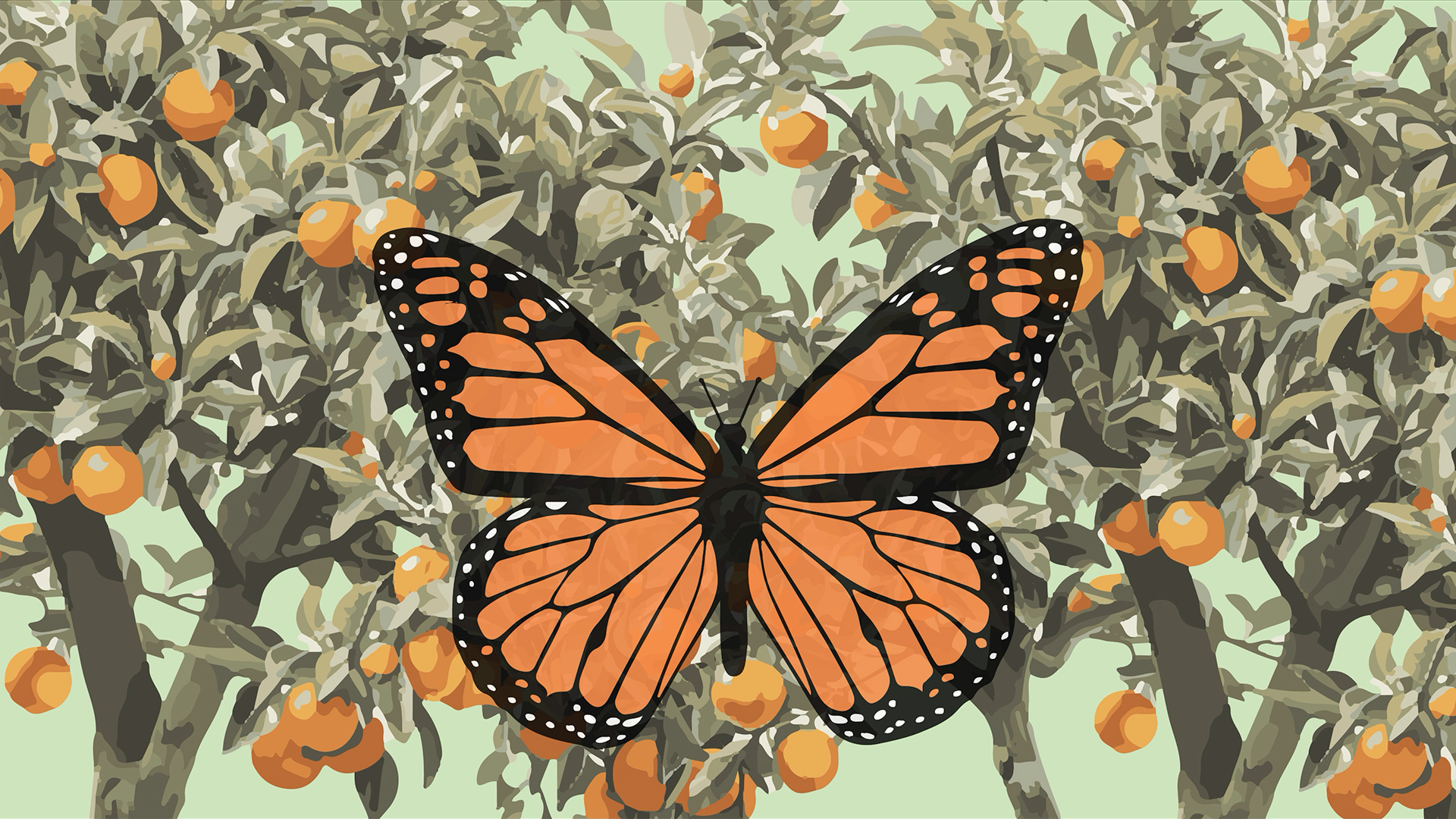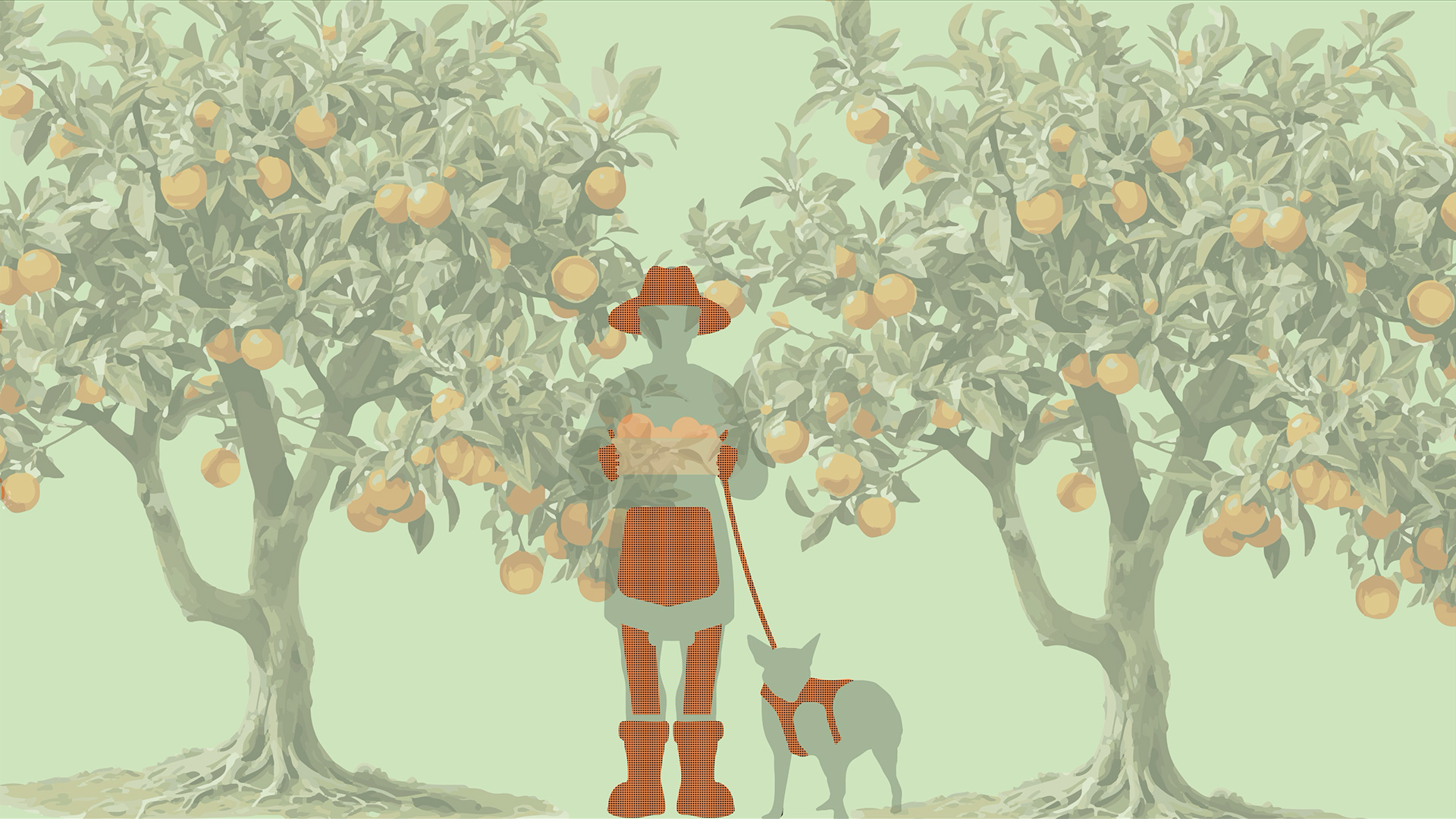Monarch Pollinators
︎
Creators: Karima Weinman & Jeremy Grail
︎ Supervisors: Jess Brown & Peter Yeadon
In December 2024, the U.S. Fish and Wildlife Service proposed listing the monarch butterfly under the Endangered Species Act. As one of the world's most recognizable butterflies, the monarch (Danaus plexippus) has two U.S. populations: a western group that winters along the California coast and an eastern group that migrates to central Mexico.
Despite millions of monarchs still existing, the western population has plummeted by 95% and the eastern population by 80% over the past four decades. The agency has called for public input on whether to classify the species as threatened, a designation that would mandate the development of a species recovery plan and other protective measures.
This study envisions a future wherein humans (and perhaps other animals) might serve as a new species of pollinators in regions that the monarchs have left.
︎ Supervisors: Jess Brown & Peter Yeadon
In December 2024, the U.S. Fish and Wildlife Service proposed listing the monarch butterfly under the Endangered Species Act. As one of the world's most recognizable butterflies, the monarch (Danaus plexippus) has two U.S. populations: a western group that winters along the California coast and an eastern group that migrates to central Mexico.
Despite millions of monarchs still existing, the western population has plummeted by 95% and the eastern population by 80% over the past four decades. The agency has called for public input on whether to classify the species as threatened, a designation that would mandate the development of a species recovery plan and other protective measures.
This study envisions a future wherein humans (and perhaps other animals) might serve as a new species of pollinators in regions that the monarchs have left.






